Latest news and features
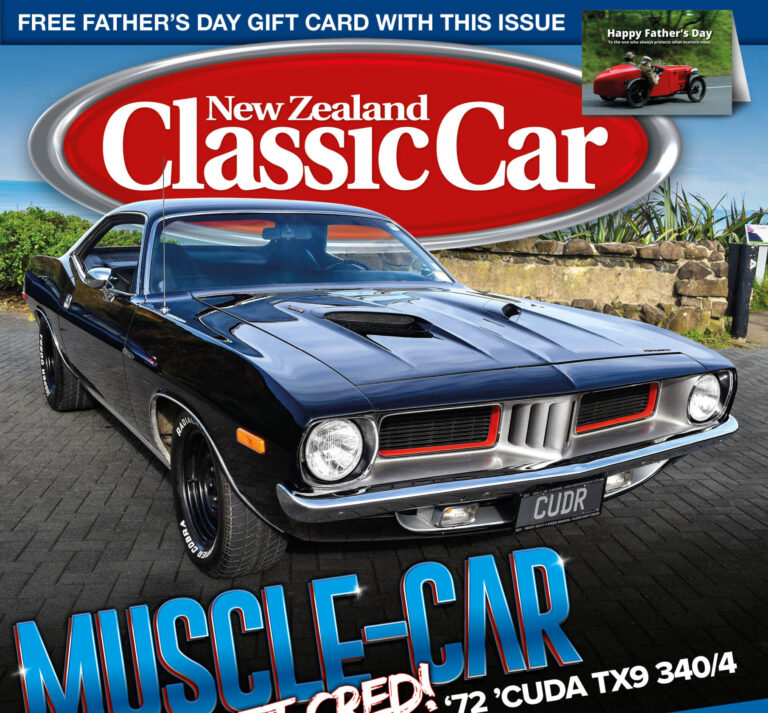
NZ Classic Car magazine, September/October 2025 issue 401, on sale now
Cuda muscle!
The spirit of a generation
The Plymouth Barracuda is renowned for its reputation as a formidable US performance car, designed to compete with Chevrolet and Ford’s performance vehicles. In its third generation, a variant, the ‘Cuda, emerged as one of the most striking muscle cars produced by Plymouth.
Back in September 2019, current owner John Carson tracked down one of the ’Cuda’s former US owners, Ron Heintschel, who provided a little of its history, as Ron recalls.
“So here is what I can remember on the ’72 Cuda. The car was ordered by the first owner, who lived in Medina, Ohio. At the time, it was a matching numbers car. The car was then sold to a neighbour and then to a guy in Pioneer, Ohio, the dates I cannot remember.”
Ron purchased the car from its owner in Pioneer, Ohio, in December 1992.
“Restoration began in 1992 and was finished in late May of 1993. The car only had a few spots of rust, just under the battery tray on the inner fender line, and two spots on the insides of the front fenders, under the hood.

Spicy Italian
When it comes to discussing automotive brands with the habit of getting under your skin, the words Alfa Romeo will be among the first uttered. Alfa enthusiasts, or Alfisti to use the correct term, are some of the most passionate car enthusiasts around. They resonate with the brand’s rare talent for building cars with characterful engines, engaging handling, and beautiful lines at much less than exotic prices. This passion for Alfa’s vast automotive portfolio is only heightened when you mention the letters GTA.
An Alfa with a GTA badge has always been a very special thing. Standing for Gran Turismo Alleggerita, or Lightened Grand Tourer, it is always reserved for the models in Alfa’s range that champion power, light weight, and race car-like dynamics over just about everything else. From the early Series 105 Giulia GTA touring cars, to the latest limited run hardcore GTA rendition of the current Giulia Quadrifoglio saloon, it’s a nameplate with plenty of heritage.
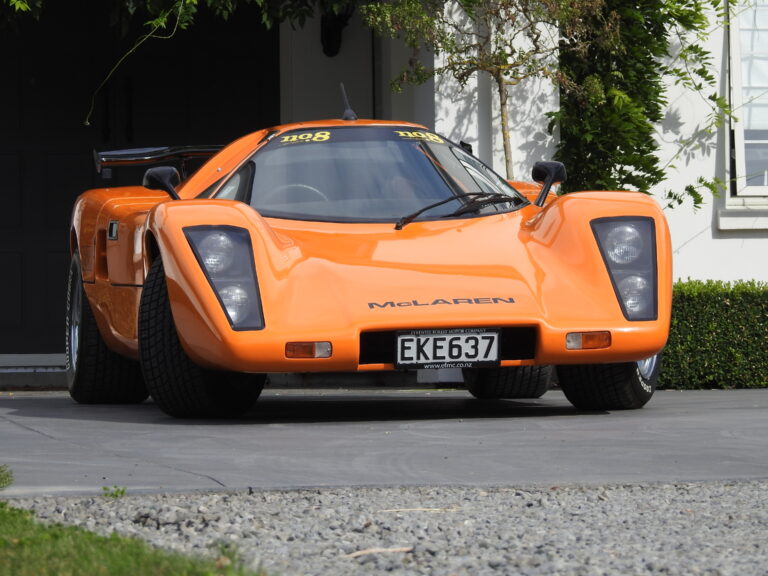
Mararn – New Zealand’s only production McLaren
I met Andrew Farrow in the little South Island town of Rangiora, where he introduced me to the then current version of his constantly changing car collection. He owns the Eyrewell Forest Motor Company. Not having a forecourt, his sales generally occur online where he buys and sells cars to add to his fluid collection. An example of what I mean by fluid is the F-Type Jaguar which he purchased recently and enjoys driving. It is advertised on his website and will eventually sell, at which point it will be replaced by another exotic he would like to own such as a Ferrari 599. Consequently, his collection is always in a state of flux, and he never has time to get bored with a particular car as another car will always be somewhere on the horizon.
I had gone to see one of the more permanent cars in his collection and one of his favourites, a McLaren M6GT replica. “It’s not the fastest or most expensive car here,” says Andrew, “but it does get the most attention.”
Anybody who knows about cars will instantly recognise this car as being a replica of the McLaren M6GT, conceived by Bruce McLaren as having the potential to be the first McLaren road-legal supercar, conceived decades before the McLaren F1.
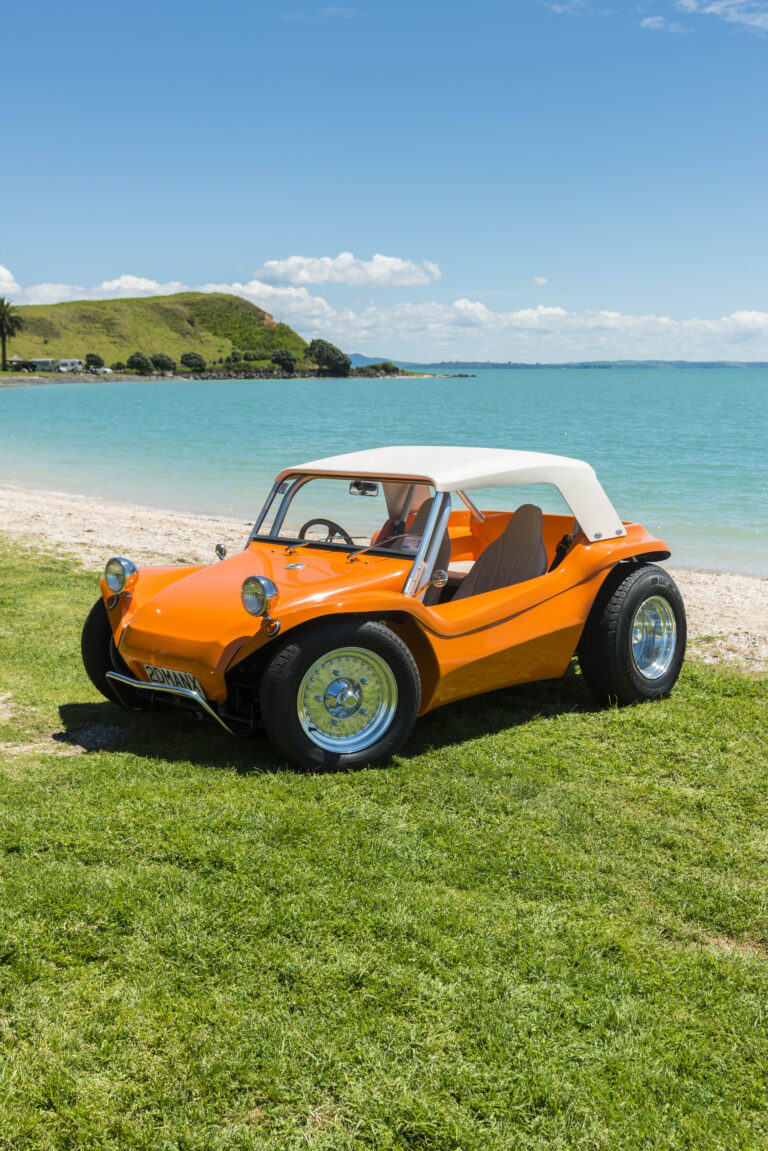
The essence of fun
The dak-dak-dak of the beach buggy’s air-cooled engine spreads head-turning smiles wherever it goes. It has a timeless appeal but it also comes laden with more than a hint of nostalgia for the golden summers of youth, before ice creams — and suntans for that matter — became a guilty pleasure.
The boom time for the beach buggy was the 1960s. They were invented then but volume manufacture screeched to a halt in the 1970s. New car legislation in the US outlawed things like open wheels and exposed engines, but the owner of this classic example, Rob Schrickel, says small-scale manufacture has bubbled along happily ever since.
“They never really went away,” he says.
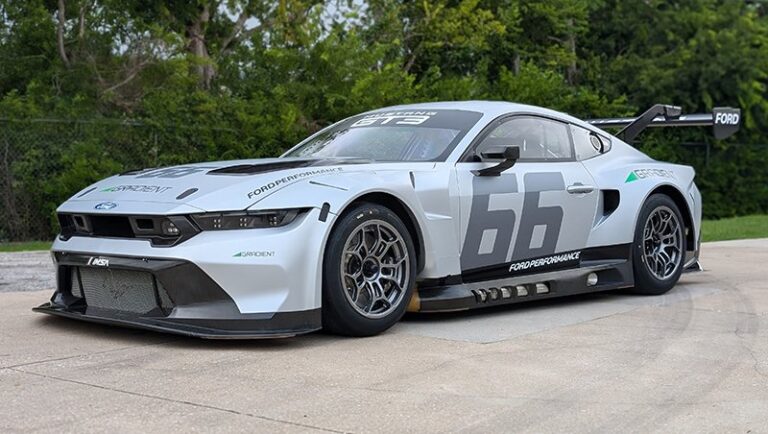
The Surgery is hosting car club visits
The Surgery is hosting a joint meet for the Wellington Corvette and Mustang groups this coming weekend, August 9.
The Surgery – NZ’s Top Classic Car Restoration Shop
Based in Tawa, Wellington, The Surgery is one of the country’s leading restoration workshops with over 35 years’ experience. Everything’s done in-house to concours standards using top materials and techniques. Professional, friendly, and trusted by classic car owners nationwide — including plenty of Corvette fans.
For more info or to arrange a visit for your car club, contact John Stevenson-Galvin at the Surgery, thesurgery.co.nz
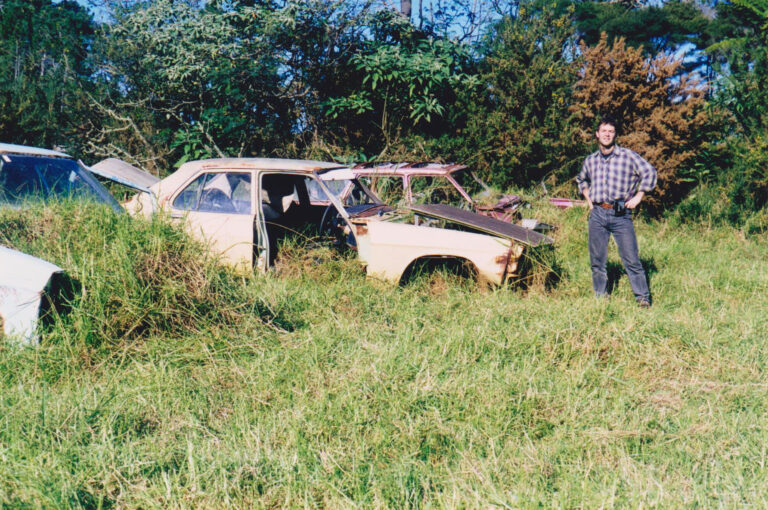
Roadside relics
There’s been a proliferation of ‘barn find’ and ‘junkyard relic’ type books hitting the market, over the last 10 years or so. Writer Tom Cotter has been a major culprit with titles like Barn Find Road Trip, The Cobra in the Barn, Route 66 — Barn Find Road Trip and many others. In the same vein are: Lost Muscle Cars and a swath by Jerry Heasley, such as Jerry Heasley’s Rare Finds: Mustangs and Fords. They are almost exclusively American titles.
It got me thinking of all the road trips I’d charted around this country over 40 plus years hunting out and photographing what I thought of as roadside jewels — diamonds in the rough if you like, captured in all their glory, ensnared by time and weeds out in the back blocks. Interestingly, most of those cars have disappeared with the passage of yet more time.
Mulling on this point prompted me to go through scenes that had captivated me over 45 years on the road, an epitaph of sorts of earlier times, when these cars arrived at their final resting spot. I’d also capture those on their last legs, supposedly still operational and snapped curbside. I’ll also include a few snaps from my overseas junkets in Cuba, Buenos Aires and other locales.
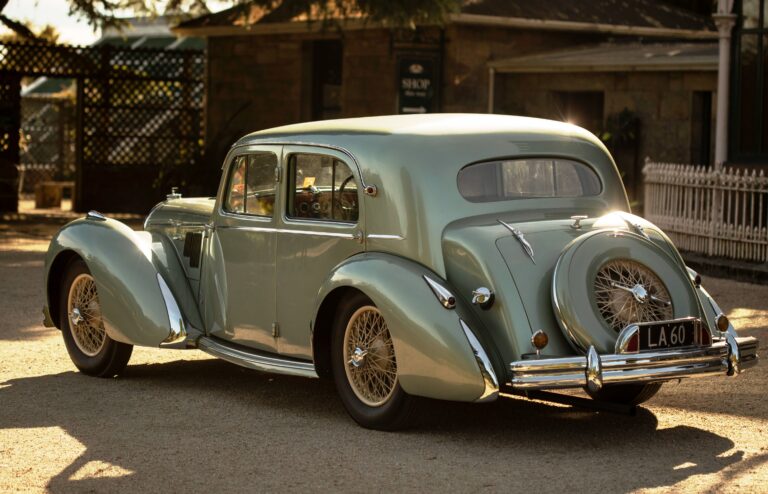
Grand Routier — in the french tradition
Sitting in Paddy and Patsy Williams’ Dunedin garage is a stunning example of one of these rare French grand routier sedans. It is a 1949 four-door Lago-Record Factory Berline sedan, to give its full name. Daughter Cath let us know how proud she was of her dad, who had been tinkering away in his garage on this car for so many years.
Without exaggeration, it has been a mammoth task. I first saw this Talbot-Lago in mid 2019. The long-nosed, sweeping, curved four-door saloon, clothed in its misty green metallic paint, was quite breathtaking. There’s more than a little English influence in it, too, harking back to company owner Tony Lago’s involvement in the Clement-Talbot-Darracq era. The long front wings and bonnet, usually multi-louvred, highlighted with artful touches of chrome bling, are typical of the era, but these were indeed luxury length. Interiors provided leather-clad, armchair-style seating and ample legroom, with touches of wood and surprising details such as dainty childproof interior locks — a far cry from today’s lozenge boxes.
Paddy, a retired civil and structural engineer, knows his way around a lathe. He has a well-equipped garage-workshop to assist in any machining tasks along with his other passion for restoring classic motorcycles.

The Great River Road
A few years ago my family, knowing my fondness for driving, gave me the book Unforgettable Road Trips: Thirty-Six Drives of a Lifetime by Martin Derrick. Most of the road trips listed take less than a day in places like Scotland, Monaco, and Australia, plus one in New Zealand. Most of these places were too far to go just for a short drive but four of them would take several days. My interest was piqued, and those four drives were added to the bucket list. To date, I have done three of them: ‘Route 66’ (USA 21 days), ‘State Highway 6’ (NZ 10 days) and ‘The Great River Road’ (USA 22 days). You can drive all of them in less time, but you could also fly over them. We wanted a decent immersion in their charms.
The great river referred to is the Mississippi. While the name conjures the deep south, the river actually starts at the bottom of the great lakes, before emptying into the Gulf of Mexico about 3800km later. The great road is more of a concept than a specific strip of tarmac, as you can drive down either side of the river on various routes. Regardless of which side you drive, time should be kept aside for detours to places such as Nashville, which is famous for something or other.

A diamond in the rough
Two years ago, Lew finished a thorough restoration and the impressive ute has taken on a new life and colour. Lew plays down the amount of effort required but, despite his protestations, I suspect he put a lot of time into the project. A few unwanted tenants were evicted along the way.
“It didn’t take me long. There had been mice living in the firewall, which had caused a bit of damage. It apparently broke down and was pushed into a shed. It was 20 years to the day when I pulled it out and it sat in my other shed for 3 years before I started on it. That’s why it’s in such good order — it’s been kept in a shed for so long and still is.”

NZ Classic Car magazine, July August 2025 issue 400, on sale now
Good for the soul, a dose of Hemi Orange – Chrysler’s champion Charger
The Australian-developed Chrysler Charger was a game changer for the company in 1971, as it faced a faltering start introducing its new VH range. The stylish big coupe signalled a massive change of direction and emphasis for Chrysler.
Auckland racing driver Rod Coppins raced successfully in Australia and New Zealand. Rod found success behind the wheel of a couple of Chargers, and it is a special E49 R/T in the custody of Mike Todd for some years, that is our feature car.
A full restoration of this car has been completed at Auto Restorations (AR) in Christchurch. We recently sampled the car, ready to be shipped back to Mike and spoke to AR’s Harry Dawber, leading the team who completed the superb restoration of this rare piece of NZ motor racing history.
I mentioned that Chrysler Chargers were never built to this standard as we walked around the gleaming Charger in its Hemi Orange colour scheme.
“We took a lot of time getting those shut lines exactly right. It’s been a great car to work on, and the paint and trim have been very well done by the team here.”
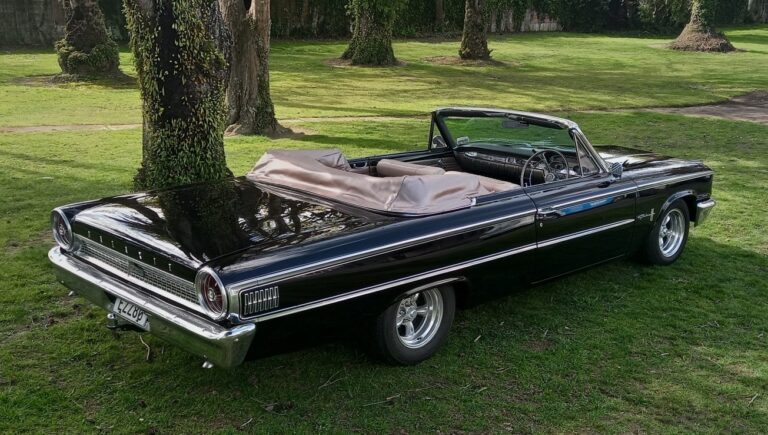
Britannia rules the roads – Royal Tour Cars – part 2
Royal rollers and fancy Fords
Ford Zodiacs had transported the Queen Mother during her tour in 1958 but five years on, their glitz had perhaps faded a bit too much for an actual monarch. As there was no longer a convertible version of Britain’s Zephyr or Zodiac on offer, Ford looked to their American arm for a replacement, finding it in the huge Ford Galaxie. The Public Service Garage purchased the car at around £3000 for royal tour work and VIP transport.
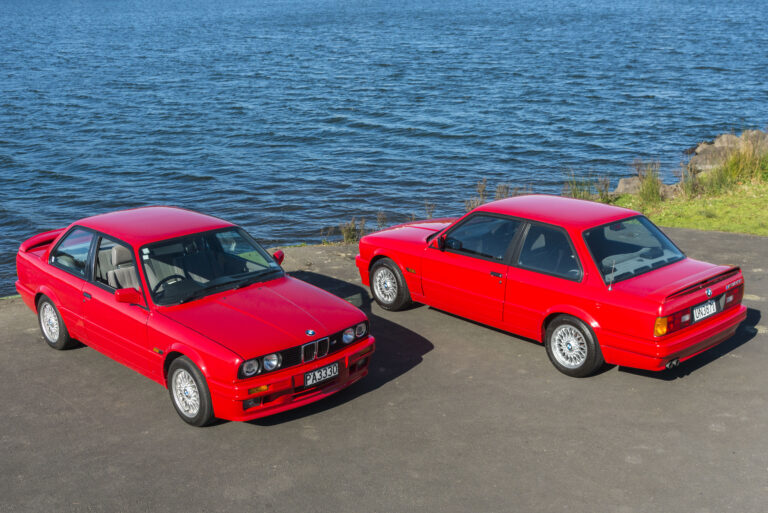
Twin peaks – 1990 BMW M325i pairing
The endearing E30 range has spawned a few modern classics and the poster car is undeniably the homologation-special M3. But what if you want M3 looks, genuine sporting character, and a sensible price tag? The obvious answer is the M325i, the best E30 model to be sold new in New Zealand between 1987 and 1991. With an M-Tech body kit, upgraded factory specification, and right-hand drive layout, it’s no wonder these finely honed cars are so highly prized. They have, in fact, been on collectors’ radars for many years now.
It’s hard to find significantly better examples than the near-identical Brilliant Red cars assembled here. These are post-facelift M-Technic II models and both were registered locally in May 1990. A minor difference in their specifications is one has silvery-grey velour throughout the cabin and the other darker grey upholstery. Other than that, after 30 years on Kiwi roads, it’s not easy to tell the cars apart from 10 paces.
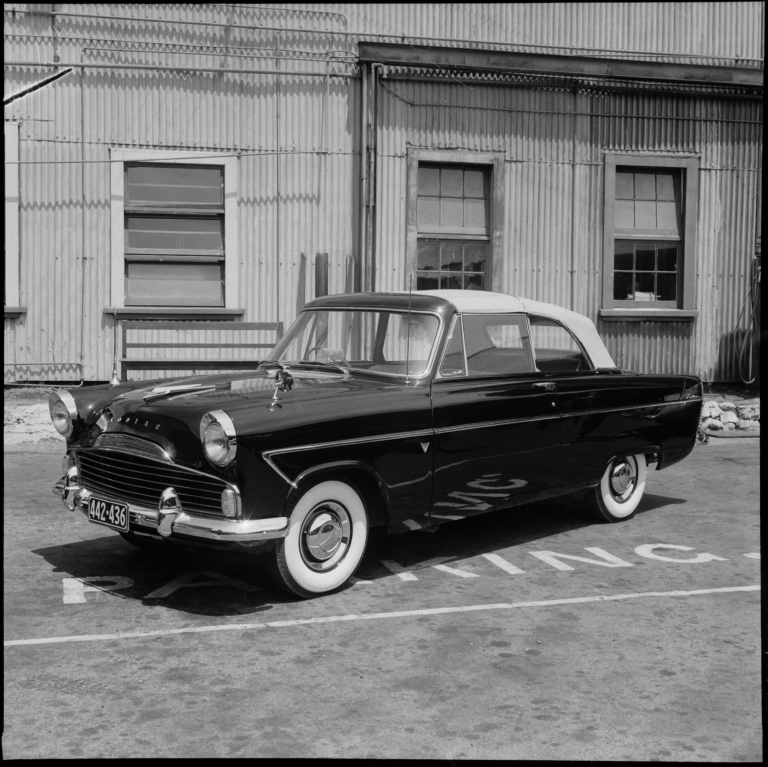
Britannia rules the roads – Royal Tour Cars – part 1
Today we take royal tours for granted, but once upon a time, or at any time before the 20th century, it was impossible for our monarchs to visit their downunder dominions because of the distances involved and the unreliable transport.
The advent of steam power for ships and trains, the evolution of the motor car and, finally, the arrival of passenger air travel shrank their world, and ours, considerably, and the royal tour became a feature of the empire and the Commonwealth.
The first British royal visitor to Aotearoa, New Zealand, was Edward, Prince of Wales, in 1920. During his 28-day tour, he travelled mostly by the royal train, which was both safer and more convenient for royal personages. A variety of best-available cars were used locally. Ideally, these would be Daimlers.
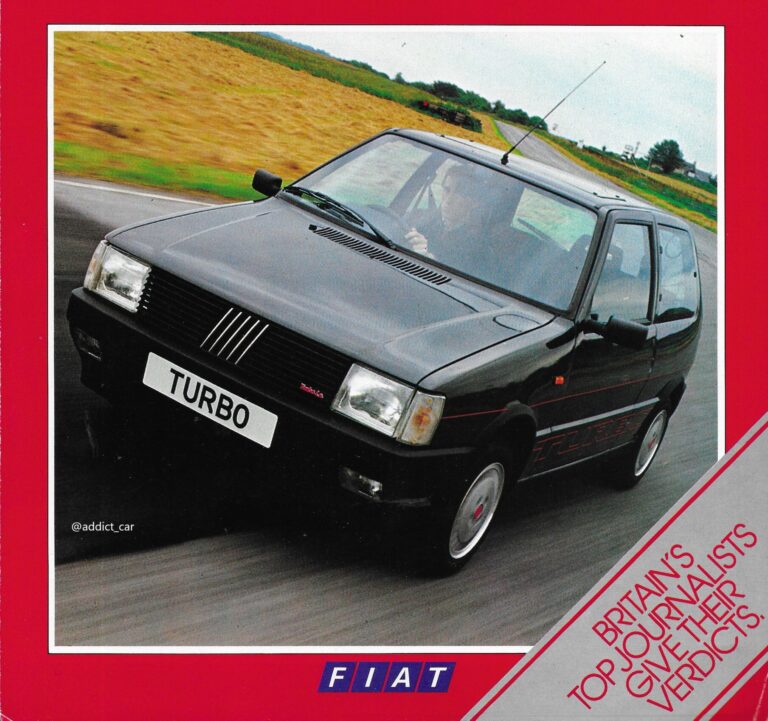
Motorman: Blame it on Rio!
Following the third polite advisory, I figured there had to be a fair degree of substance to the warning. “If this is your first visit to Rio de Janeiro, please be careful,” came the personal hushed dialogue from the pleasant hostesses on a far from crowded Varig flight from Los Angeles to the famous Brazilian seaside city.
The previous evening I had flown into LA from Auckland en route to the 1985 international launch of the Fiat Uno Turbo. I was prepared for another long haul of just under 12 hours across Mexico, central America, Colombia, and central Brazil to that nation’s third largest city. Surprisingly the 10,500km run from Los Angeles to Rio is actually longer than the 8800km LA-London air route.
With the journey including a brief stopover in Honolulu I expected to travel just under 44,000km for the return journey to sample what was to be a low-volume version of a popular Italian car that would sell in even lower numbers in New Zealand. I like to think this shows nothing more than my deep commitment to my craft. In fact, even though I became lost on the homeward journey my total air miles would be little different.
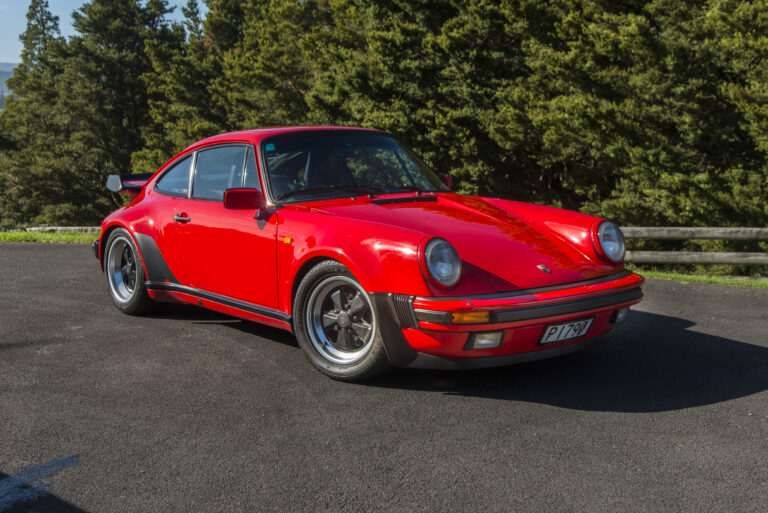
Pinnacle Porsche
We were stopped at the side of the road, setting up the next photograph, when a faded Toyota slowed alongside and stopped. The window was already down to give the driver a good look.
“That’s my dream car,” he said, speaking for more than a few of us.
He drank in the gleaming red paint, shining in the sun, and the car’s purposeful swoops and curves. He exhaled half a lungful of cigarette smoke, gave a hang 10–style thumbs up and drove off.
On the side of the road, against a clear blue background, the Porsche stood out in all its stark red glory. It’s the classic 911 shape on steroids. It has the fat, even pouty, front lip of the G series 911s, added to comply with 5mph bumper restrictions in the US. It also has the oversized haunches to accommodate the wider rear wheels and tyres – a first for Porsche, which also confirmed its supercar credentials – and, most noticeably of all, that enormous whale-tail spoiler. They made it look as if Porsche had abandoned its restraint.
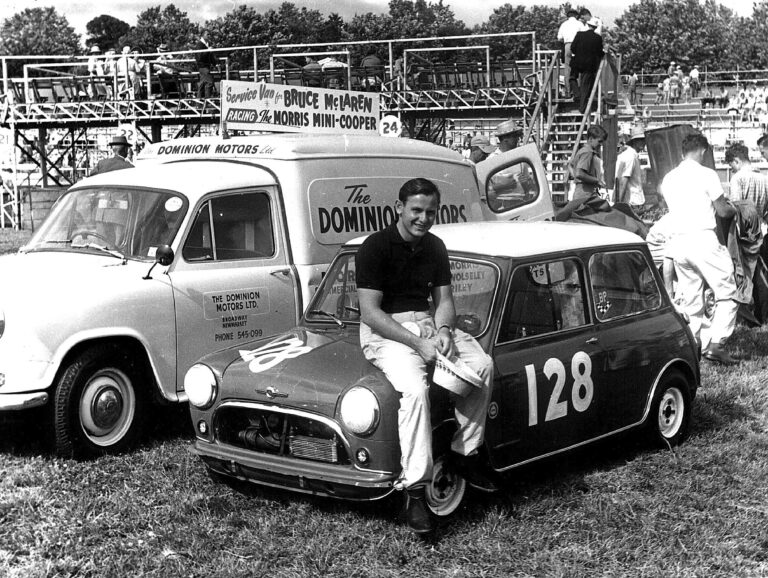
Motorman: When the top trio took to the road
What sort of cars did Chris Amon, Bruce McLaren and Denny Hulme drive when they weren’t on the race track? Motorman knows
Most top racing drivers do care about safety levels of road-going cars for everyday motorists and their all-round abilities behind the wheel. Jackie Stewart for one denied finding everyday driving boring. He took pride in giving his passengers the smoothest possible ride, and encouraged all drivers to actively engage in the task. They also make interesting choices for their transport away from competitive motoring.
Thirty years ago I spent a day with Chris Amon driving on lower North Island roads and I can remember those informative few hours as vividly as if they were yesterday. In 1983 Chris accepted a challenge from Toyota New Zealand to improve its locally assembled cars in a relationship that extended well beyond the end of New Zealand-built Toyota vehicles in 1997.
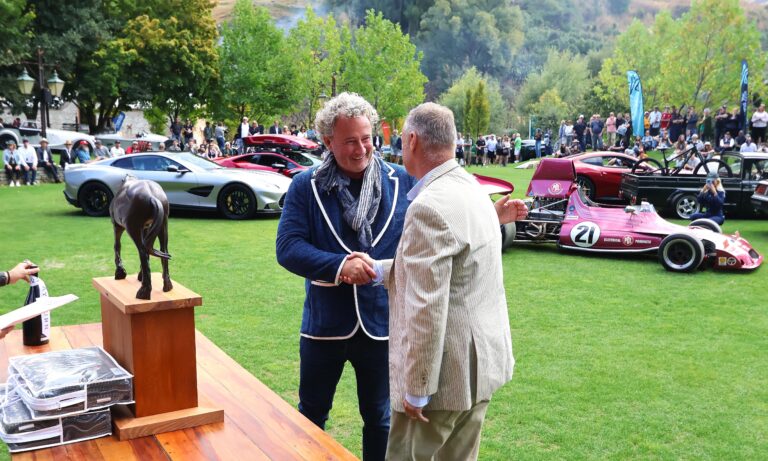
The Ayrburn Classic announces dates for 2026
Save the date: Friday 20 – Sunday 22 February 2026
That’s right. The Ayrburn Classic returns next February for what promises to be another world-class celebration, scheduled slightly earlier on the calendar to bask in Central Otago’s long golden evenings and late-summer glow. This festival will once again transform Ayrburn into a playground for car enthusiasts, food lovers, and seekers of high-end hospitality alike.
The 2025 edition set an incredibly high benchmark, and is fast becoming one of the leading reasons to visit Queenstown – amongst New Zealanders and international travellers alike. With over 250 classic and contemporary luxury vehicles on display – collectively worth more than $250 million – the festival was a visual and visceral feast for attendees.
Standouts included an $8 million LaFerrari, the latest Aston Martin Vanquish, and a fleet of dream machines from Rolls-Royce, Bentley, McLaren, and more. The event’s unique blend of elegance and accessibility attracted both seasoned collectors and casual admirers aplenty.
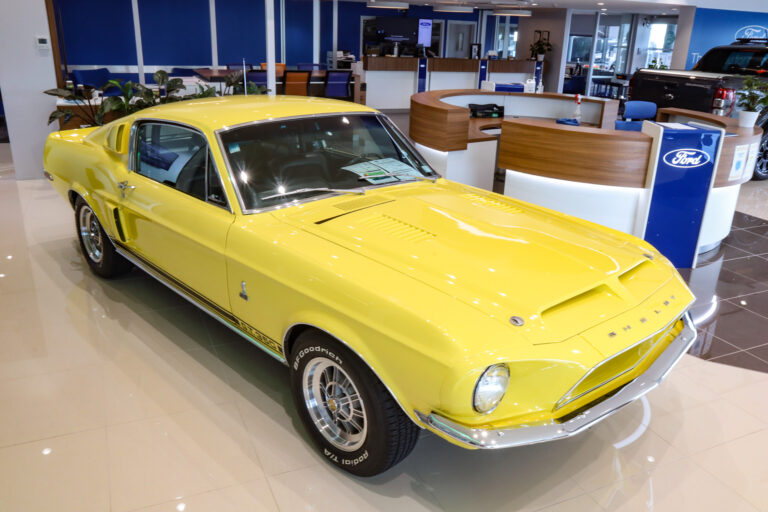
Time Machine
Our featured 1968 Shelby Mustang GT350 is a true survivor with only 53,000 miles (85,800 kms) on the clock. Its colour is called Meadowlark Yellow and was a special order with the paint code WT6066 for 1968 Shelbys only. In total only 109 cars got this colour and only eight were fastbacks. The vehicle was originally assembled at the Ford Metuchen plant in New Jersey in May 1968 before getting the Shelby treatment at the Ionia plant.
The first owner was a serviceman based in Japan with the US Air Force. He sold it in 2005 and the car was imported to New Zealand after being purchased for a museum in Putaruru. The vehicle then ended up in a private collection in October 2006 where it stayed for 15 years and only travelled 2000 miles (3200km approx.) in that time. The current owner has owned it since July 2021.

A second dose of Dash
When the car arrived in Wellington in December 2018 it was duly taken along for entry certification. Vehicle Inspection NZ (VINZ) found some wrongly wired lamps and switches — not too bad — but, much more significantly, some poor welding repairs. As the structural problems were probed more thoroughly, we realized the previous owner’s restoration would not do and we needed an upgrade. Dash had made it into the country but it would take some time and money before he would be free to explore any of New Zealand’s scenic highways.
We took the car to our new home in Johnsonville in the northern suburbs of Wellington and I pored over the car in detail to figure out what was next. There were lots of new parts on the car and a very perky reconditioned drivetrain but the chassis needed serious work.

Lunch with… Jim Palmer
In the 1960s, Hamilton’s Jim Palmer won the prestigious ‘Gold Star’ four times and was the first resident New Zealander home in the New Zealand Grand Prix on five consecutive occasions. He shared the podium with Stirling Moss, Jack Brabham, Bruce McLaren, Graham Hill, Jim Clark, Denny Hulme, Jackie Stewart, and Chris Amon. The extent of his domination of the open-wheeler scene in New Zealand will probably never be matched or exceeded. Yet he’s always been modest about his achievements.
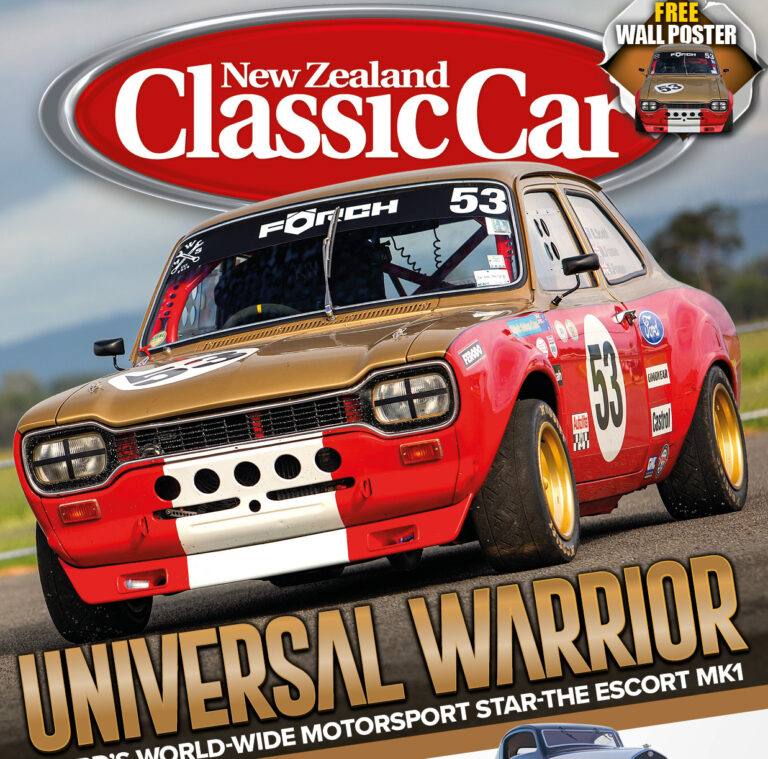
NZ Classic Car magazine, May/June 2025 issue 399, on sale now
Who would have thought it would become such a worldwide motorsport star when Ford introduced the humble Escort in 1967?
Its popularity, particularly in Mark 1 form, is now of iconic status. Our cover story for this issue is on a 1968 Ford Escort Mark 1, Alan Mann Racing Tribute. We talked with the owner of this very special Escort, finished in tribute also to the owner’s father.
“Most children love speed, and motorsport typically comes courtesy of a parent, and Elliott is no different. His engineer father, Mark, had a love for motorcycles and going fast; however, when children came along, he swapped two wheels for four, in the form of two Ford Escorts.
Little did Mark know it at the time, but the humble Escort was about to weave its way into the family fabric once and for all.
After emigrating from London to New Zealand, Elliott recalled one evening when he was 14 being invited to tag along by his father, helping a friend convert an Escort road car into a racing car. This was the pivotal moment when Elliott remembers the motorsport bug taking over. He knew he had to have his own one.”
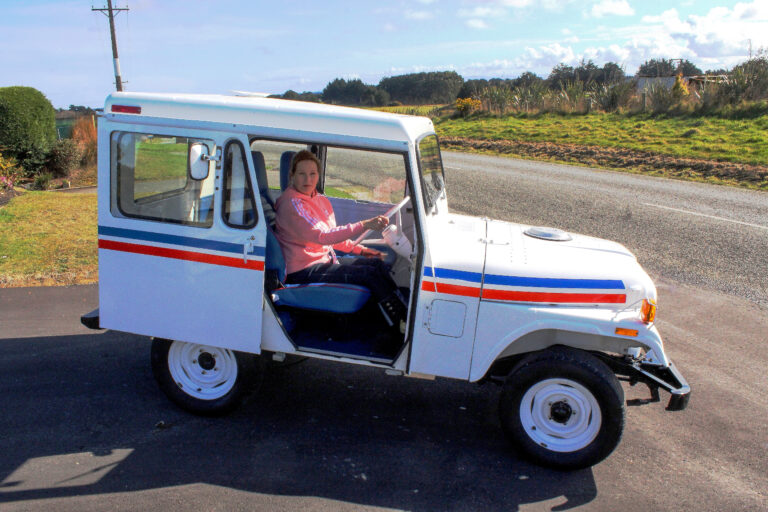
Rural delivery
Lew’s initial assessment of the derelict Jeep was that it was pretty rusty but it looked complete and he thought it would make a pretty nifty and fun town car for Ann.
“That was about six years ago. It took me about four or five months to restore it; there’s not much to it. I don’t know a lot about the history of this Jeep, although I do know they made a lot of them. There are only a few in New Zealand and since I got it here, I’ve heard that there are one or two more in the country, but none of them on the road.” He believes one might be near Omarama and another in Christchurch.
Lew and Ann decided to put the Jeep back into its original distinctive US Postal Service livery and the result is impressive. Hours of sanding, grinding, and welding have produced a Jeep looking like it is fresh from the production line. The chassis was media blasted and repainted in a gleaming black, and all components were overhauled.
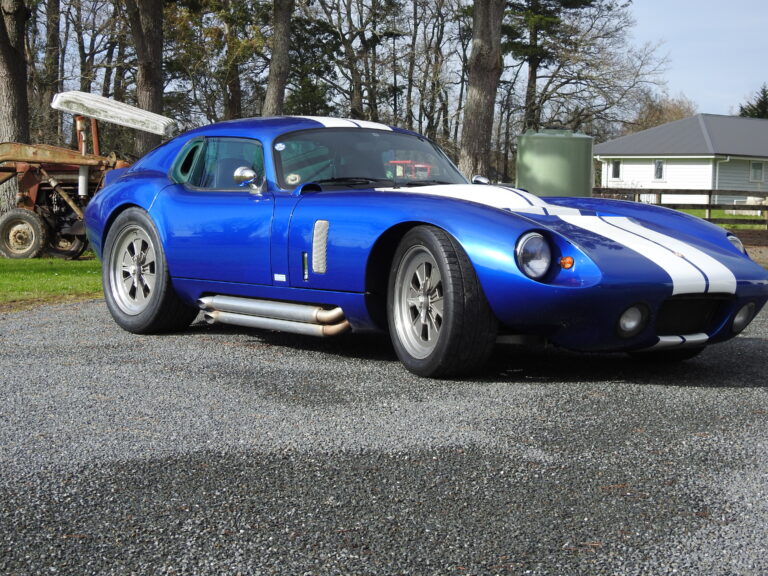
Performance art
Shelby’s targets were Superformance — a South African company that wanted to sell its versions of these cars in the US — and the US-based Factory Five. Their defence was that the name and shape of the Cobra car were abandoned when Shelby American ceased production of these particular models back in the 1960s.
Shelby countered with: “We spent millions of dollars creating the name and the car and winning the world championship. These knock-off-car guys don’t deserve the credit or the profit for what my team and Ford accomplished in the ’60s.”
Superformance painted an even bigger target on its back by also producing a version of Shelby’s Daytona coupé. Other cars in its production stable were Mk1 GT40 and 1962 Corvette Grand Sport replicas, but we’ll focus here on the Daytona.
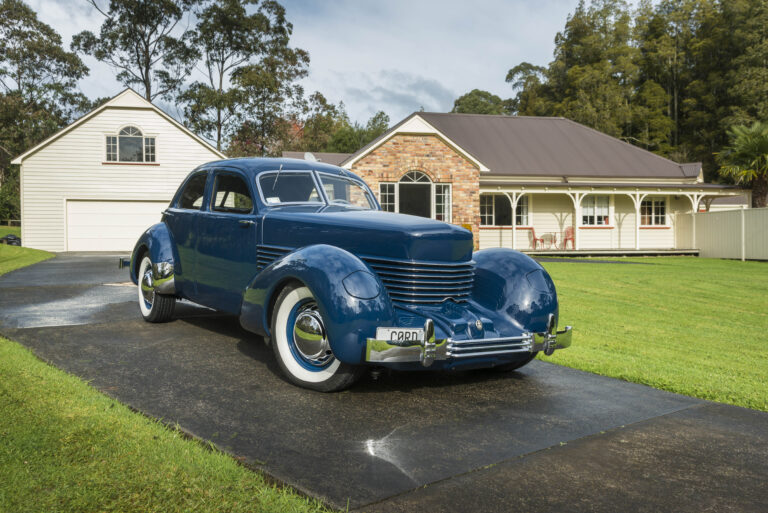
Design accord
You can’t get much more of an art deco car than a Cord — so much so that new owners, Paul McCarthy and his wife, Sarah Selwood, went ahead and took their Beverly 812 to Napier’s Art Deco Festival this year, even though the festival itself had been cancelled.
“We took delivery of the vehicle 12 days before heading off to Napier. We still drove it all around at the festival,” says Paul.
The utterly distinctive chrome grille wrapping around the Cord’s famous coffin-shaped nose, and the pure, clean lines of the front wing wheel arches, thanks to its retractable headlamps, are the essence of deco. This model, the Beverly, has the finishing touch of the bustle boot that is missing from the Westchester saloon.
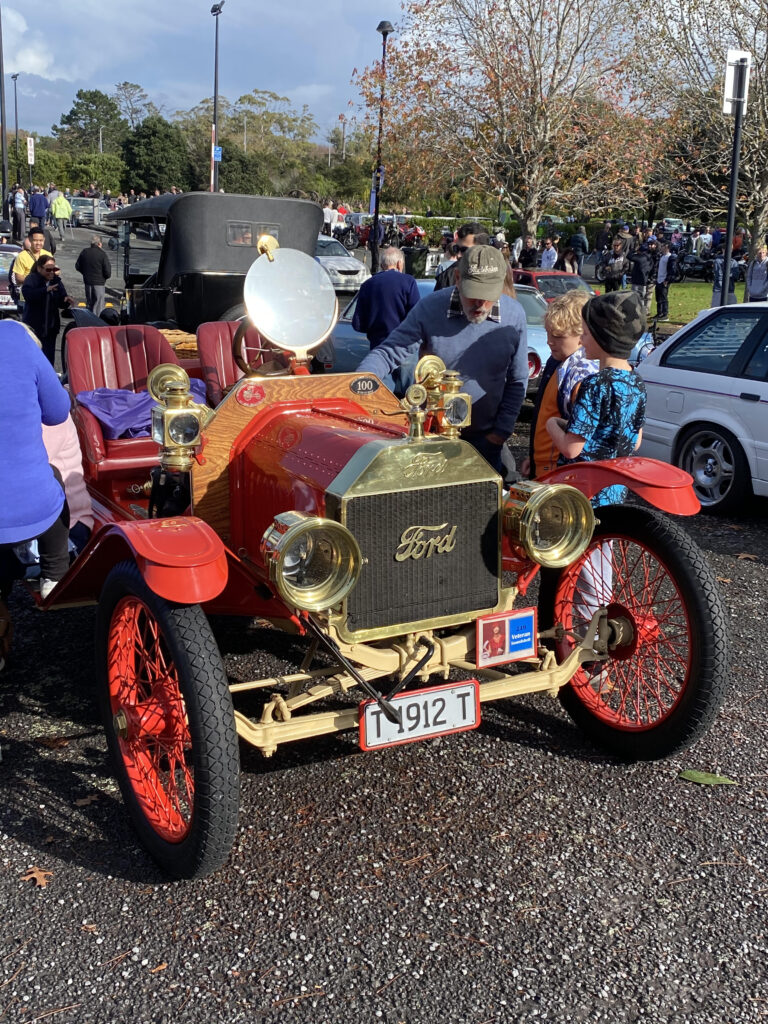
Motorman: When New Zealand built the Model T Ford
History has a way of surrounding us, hidden in plain sight. I was one of a group who had been working for years in an editorial office in Augustus Terrace in the Auckland city fringe suburb of Parnell who had no idea that motoring history had been made right around the corner. Our premises actually backed onto a century-old brick building in adjacent Fox Street that had seen the wonder of the age, brand-new Model T Fords, rolling out the front door seven decades earlier.
Today, the building is an award-winning two-level office building, comprehensively refurbished in 2012. Happily, 6 Fox Street honours its one time claim to motoring fame. Next door are eight upmarket loft apartments, also on the site where the Fords were completed. Elsewhere, at 89 Courtenay Place, Wellington, and Sophia Street, Timaru, semi-knocked-down Model Ts were also being put together, completing a motor vehicle that would later become known as the Car of the Century.
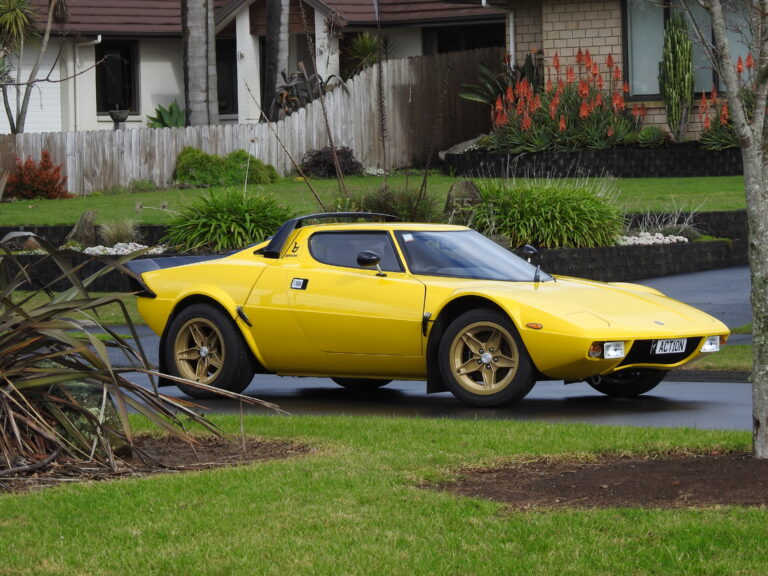
Lancia Stratos – building a winner
On his own, and later with his wife Suzie, Craig Tickle has built and raced many rally cars. Starting in 1988, Craig went half shares in a Mk1 Escort and took it rallying. Apart from a few years in the US studying how to be a nuclear engineer, he has always had a rally car in the garage. When he is not playing with cars, he works as an engineer for his design consulting company.
Naturally, anybody interested in rallying has heard of the Lancia Stratos, the poster child and winner of the World Rally circuit in 1974, ’75, and ’76. Just as the Lamborghini Countach rebranded the world of supercars, so, too, did the Lancia Stratos when it came to getting down and dirty in the rally world.
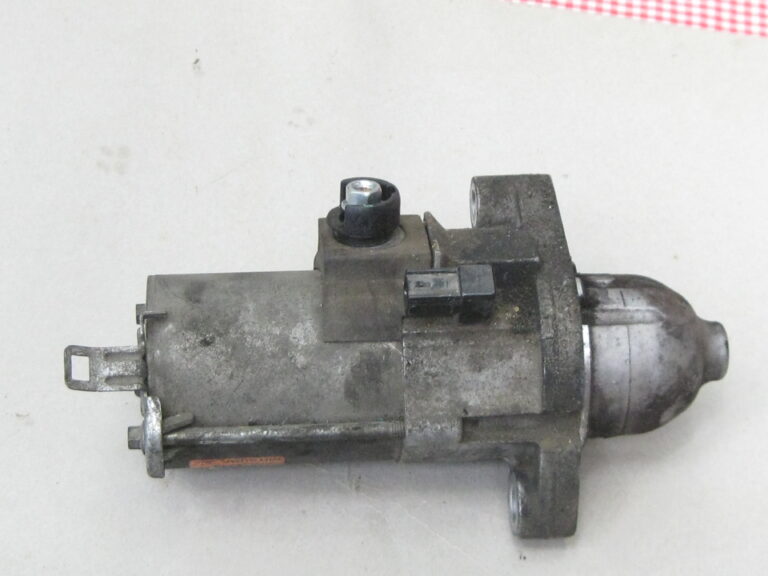
This could be good news for restoring cars and bikes – but we must be quick!
Our parliament is currently considering a member’s Bill, drawn by ballot, called the ‘Right to Repair’ Bill.
It’s due to go a Select Committee for consideration, and we can make submissions ie say what we think of it, before 3 April this year. It’s important because it will make spare parts and information for doing repairs far more readily available and this should slow the rate at which appliances, toys and so on get sent to landfill.
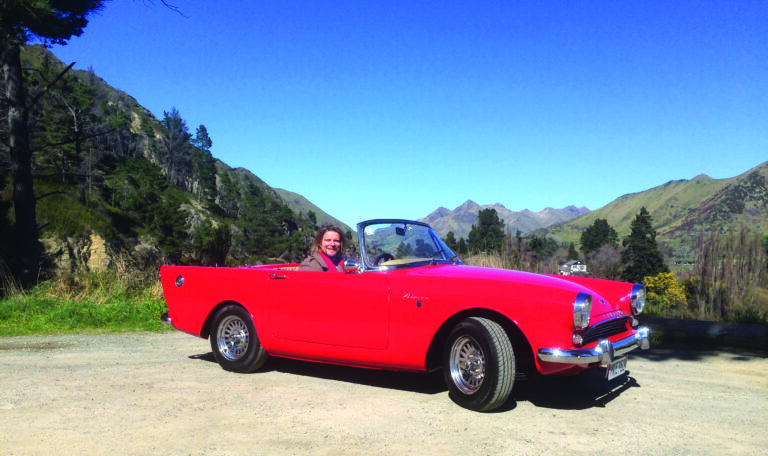
1959 Sunbeam Alpine: A road trip with Lady P
The romance of the road
The South Island begins to reveal its unbelievable beauty and clarity of light as we weave and bend past mountain peaks, blue flowing rivers, and bright green forests. Today, while the cutlery wheel continues to chime, there are no morbid rattles, and we are still alive. The road moves beneath us and I start to really understand what a road trip is all about: the warm analogue hum of the engine, the sensory overload of wind and sun, the dreamy pageant of shapes and colour that glides by like a movie set, not a cloud in the sky.
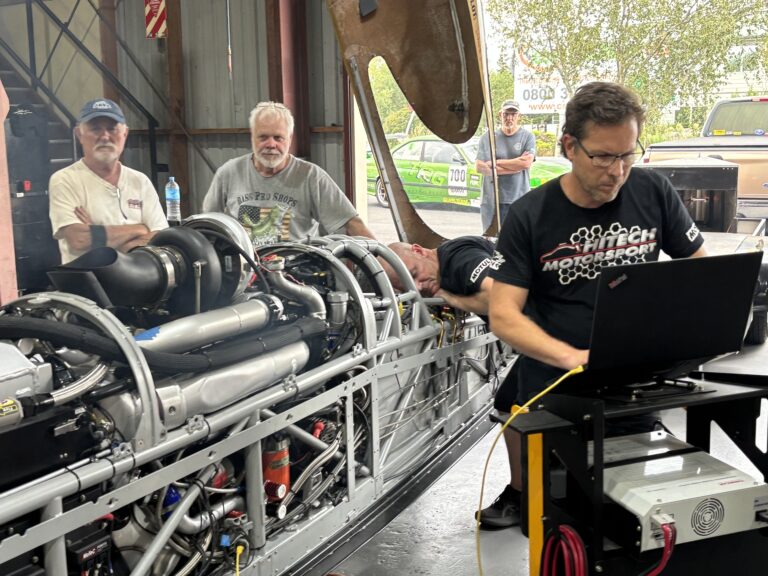
Dave Alexander is going to Bonneville, can you help get him there?
“My name is Dave Alexander, and I am on a mission to set a land speed record of over 420 kph at the iconic Bonneville Salt Flats.
With decades of experience in motorsport dating back to the 1970s, I have had the honour of competing at Bonneville before, where we achieved three records in just one week with my home-built car from New Zealand.
My latest creation is an impressive 7-metre ‘Lakester’, engineered specifically for land-speed racing and powered by a turbocharged Nissan RB30 engine. As a self-employed engineer, fabricator, and welder, I took on the challenge of building this vehicle in my shed with support from a small team of skilled friends.
In February 2025, we successfully completed the build and ran the car on a hub dynamometer, ensuring all systems were calibrated and functions tested. This marked a crucial milestone in our journey. Now, we face the next challenge: packing the car and transporting it across the globe to compete in ‘Bonneville Speedweek’ 2025.
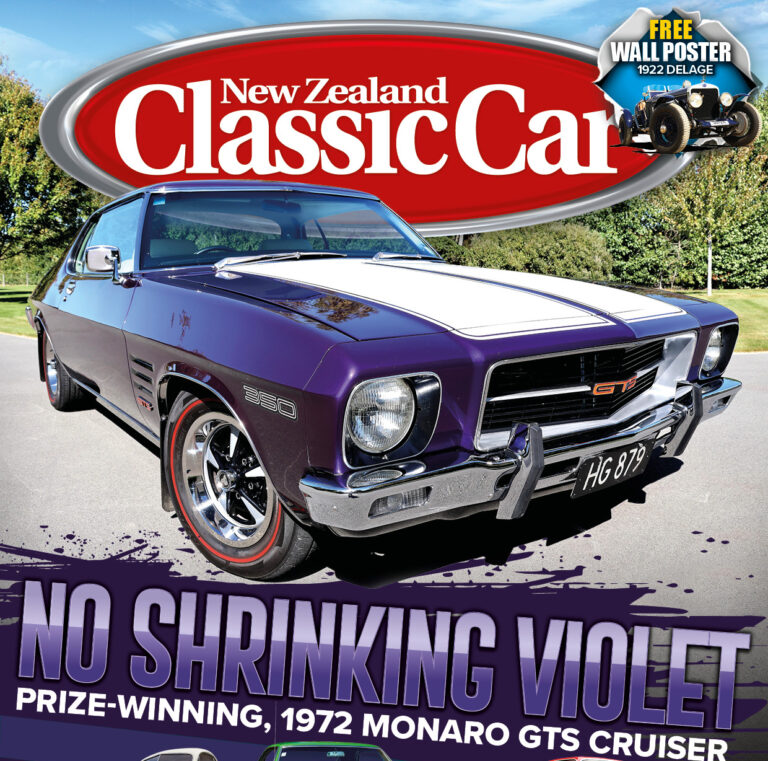
NZ Classic Car magazine, March/April 2025 issue 398, on sale now
An HQ to die for
Mention the acronym HQ and most people in the northern hemisphere will assume this is an abbreviation for Head Quarters. However, for those born before the mid-’80s in Australia and New Zealand, the same two letters only mean one thing – HQ Holden!
Christchurch enthusiast Ed Beattie has a beautiful collection of Holden and Chevrolet cars. He loves the bowtie and its Aussie cousin and has a stable of beautiful, powerful cars. His collection includes everything from a modern GTSR W507 HSV through the decades to a 1960s Camaro muscle car and much in between.
In the last two Holden Nationals (run biennially in 2021 and 2023), Ed won trophies for the Best Monaro and Best Decade with his amazing 1972 Holden Monaro GTS 350 with manual transmission.
Ed is a perfectionist and loves his cars to reflect precisely how they were on ‘Day 1,’ meaning when the dealer released them to the first customer, including any extras the dealer may have added or changed.

You’re the one that I want – 1973 Datsun 240K GT
In the early 1970s, Clark Caldow was a young sales rep travelling the North Island and doing big miles annually. He loved driving. In 1975 the firm he worked for asked Clark what he wanted for his new car, and Clark chose a brand-new Datsun 240K GT. The two-door car arrived, and Clark was smitten, or in his own words, he was “pole vaulting.”
Clark drove it all over the country, racking up thousands of miles. “It had quite a bit of pep with its SOHC 128 hp (96kW) of power mated to a four-speed manual gearbox,” he says. Weighing in at 1240kg meant the power to weight ratio was good for the time and its length at almost 4.5 metres meant it had good street presence.
Clark has been a car enthusiast all his life, and decided around nine years ago to look for one of these coupes. By sheer luck he very quickly found a mint example refurbished by an aircraft engineer, but it was in Perth.
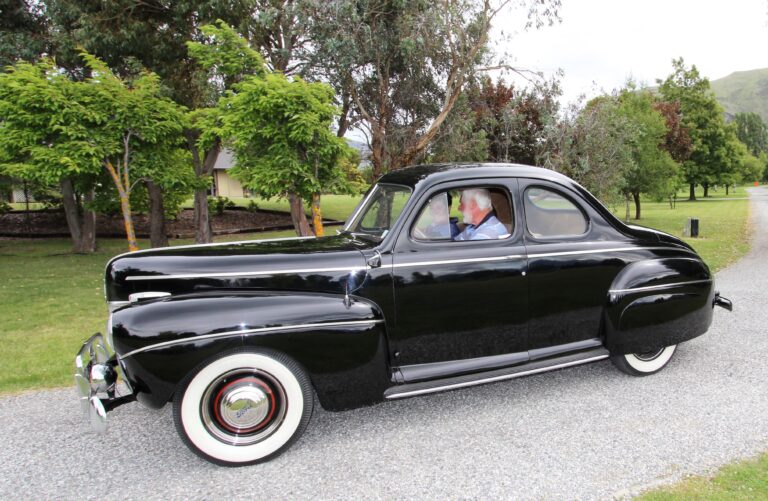
The originals – the Ledgerwood Collection
Thanks to Central Otago’s dry climate, it’s no surprise to find that Wanaka couple Jim and Daphne Ledgerwood are steadily developing an incredible collection of amazing coupes. ‘The Originals’ they have are as per factory new condition, and their aim is to keep them for everyone to see how it was done back in the day—pure nostalgia.
An occasional email from Jim usually reveals another gleaming addition. The collectors also have an impressive display of American pickups. It’s our gain and US enthusiasts’ loss, as car agent’s adverts proclaim, “Sorry you missed out. Gone to New Zealand!” Some of Jim and Daphne’s cars are almost part of the family, hence their nicknames.
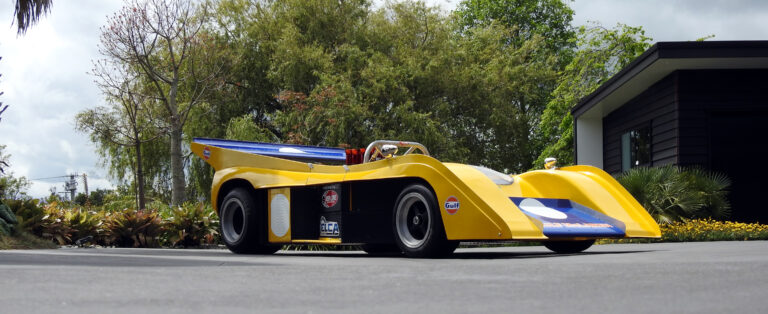
To finish first, first, you must build a winner
Can-Am royalty
Only three M20s were built, including the car that was destroyed at Road Atlanta. This car was later rebuilt. All three cars were sold at the end of the 1972 season. One of the cars would score another Can-Am victory in 1974, driven by a privateer, but the M20’s day was done. Can-Am racing faded away at the end of that season and was replaced by Formula 5000.
These days the cars are valued in the millions. It was unlikely that I would ever have seen one in the flesh if it hadn’t been that one day my editor asked me if I would mind popping over to Taranaki and having a look at a pretty McLaren M20 that somebody had built in their shed.
That is how I came to be standing by the car owned and built by truck driver Leon Macdonald.
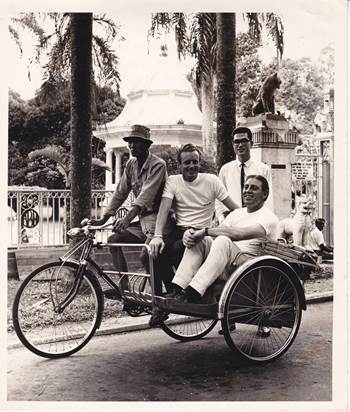
Lunch with … Roly Levis
Lunching was not allowed during Covid 19 Lockdowns so our correspondent recalled a lunch he had with legendary New Zealand racing driver Rollo Athol Levis shortly before he died on 1 October 2013 at the age of 88. Michael Clark caught up with Roly and members of his family over vegetable soup
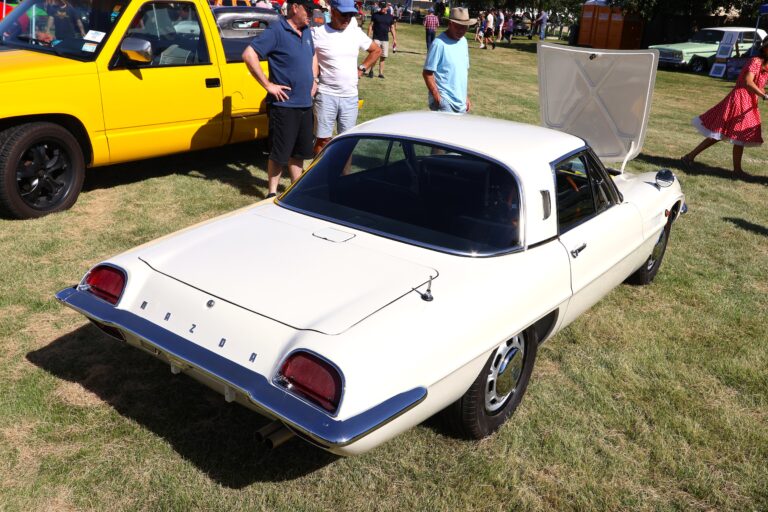
Hiroshima Express
One of the rarest Mazdas,and amongst one of the rarest production cars in the World, a 1967 Series 1, Cosmo made its public debut at the 2025 Cromwell Classic and Hot Rod Car Show on Saturday January 18 this year.
After a challenging 5-year restoration, its proud Cromwell owner, Mike Elford celebrated its appearance along with Dunedin specialist, Mazda rotary engine builder, Cory Wilson who trallered the car through to the show.
“There are a number of details still to attend to and fine-tune the engine and then it will at last be finished. I’m very pleased with the result,” Cory said.
Mike is extremely pleased with the end now in sight of what has been a very challenging project. The tiny jewel of Japanese motoring engenuity attracted many on-lookers at the show as it sat glistening in the sun on an appropriately brilliant Central Otago summer’s day.

Merry Christmas from NZ Classic Car magazine
The Classic Car magazine team is taking a few weeks’ holiday from the work computer and heading to the beach for some kickback time.
Merry Christmas, and have a wonderful summer holiday to all our readers, followers, and fans. Enjoy this special extra time with the family. We will be posting archive articles again in mid to late January.
Have fun, be good and be careful out there.
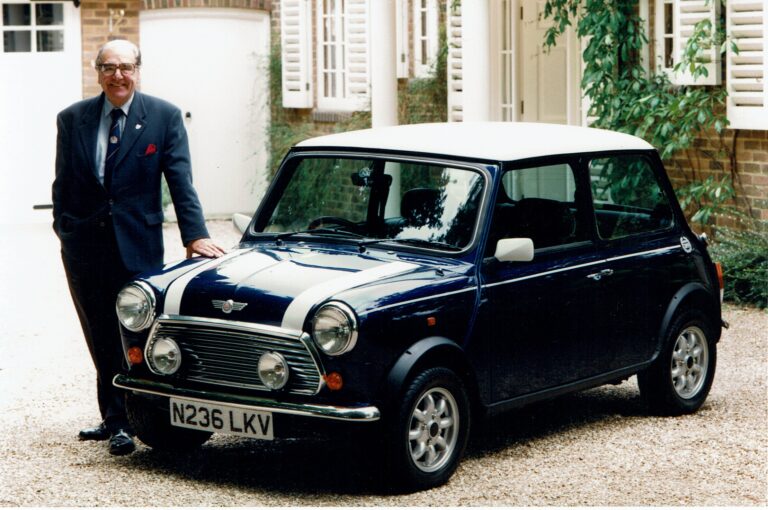
Two engines instead of one?
Popping two motors into a car is not only complicated, it doesn’t always end well. Donn Anderson recalls early attempts, including John Cooper’s ill-fated original Twini Mini built 58 years ago
For a boost in performance, better traction, and perhaps improved handling to some, two motors seems an obvious solution. It would also eliminate the need to develop a larger engine replacement from scratch, but would that outweigh the not inconsiderable technical difficulties?
The idea of using a pair of engines dates back at least 86 years to the Alfa Romeo Bimotor single seater racing car that was officially timed at 335km/h, or 208mph. Taking a lengthened Alfa P3 chassis, the Italians fitted two supercharged straight eight 2.9-litre and 3.2-litre engines, one in front of the cockpit, and the other behind the cockpit.
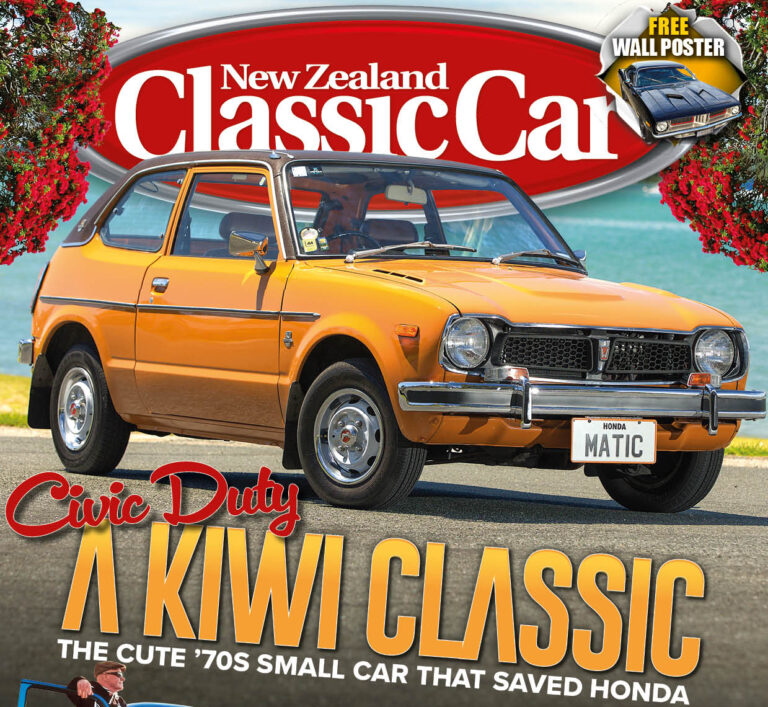
NZ Classic Car magazine, January/February 2025 issue 397, on sale now
Having dominated the world motorcycle championships of the 1960s, Honda had a crucial decision to make in 1969. Would Soichiro Honda heed his engineer’s pivotal advice?
“Very few examples of the early Civic, a car that set Honda onto the path to becoming a giant of the car world, remain road registered in New Zealand.
Retired Tauranga owner of this example, Graham Inglis is thrilled with his classic little Honda Civic, the first of eleven generations built so far by the company. The Civic became a household name.
“It’s quite amazing the number of people who not only wave, but come up to me in the street and tell me how much they like the little Honda and its colour, and then they want to start talking about it. A guy in our vintage car club wants to buy it and he has been pushing me a bit. It’s not for sale,” he laughs.
Graham bought his 1977 Honda Civic from Wellington enthusiast Julian Foster, who was the instigator of its restoration.”
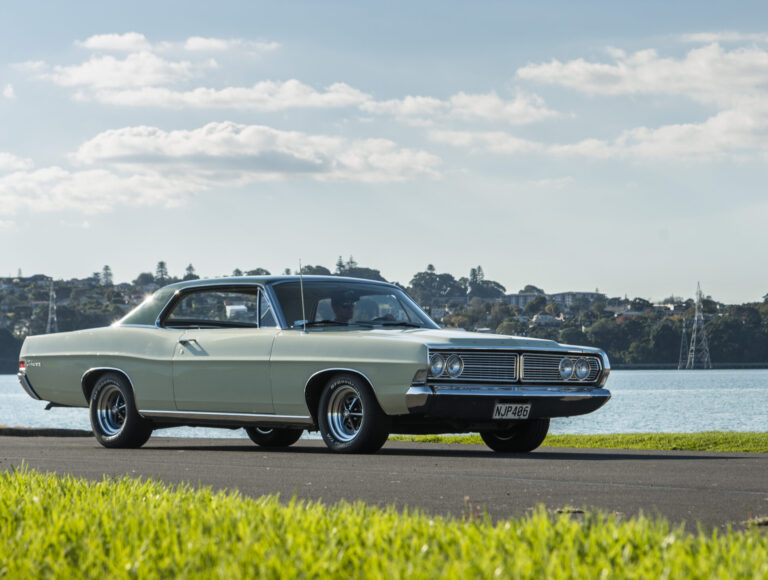
A star in their eyes – 1968 Ford Galaxie 500
“Everyone asks that until they take a closer look,” says its owner today, Brent Harris of Auckland. “They also ask if I’ve done the restoration myself, and I have to tell them no, it is 100 per cent original. It’s the paint listed in the handbook.”
It was the original condition of the car that won Brent over from the moment he first saw it — that and the fact “it just looks stunning”.
Brent had owned a 1968 Mark II Cortina for four years. It was in need of some work and the question arose whether to spend the money or get something different. You don’t get much more divergent than Ford’s different approaches to its markets in the UK and the USA.
